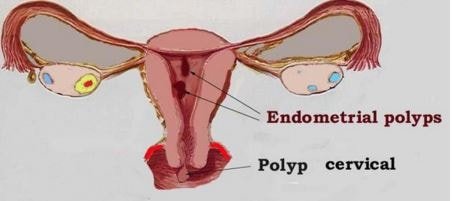The baby takes on a bluish hue because of poorly oxygenated blood. Normally, blood is pumped from the heart to the lungs, where it receives oxygen. The blood is circulated back through the heart and then throughout the body. When there’s a problem with the heart, lungs, or blood, blood may not be oxygenated properly. This causes the skin to take on a blue color. The lack of oxygenation can occur for several reasons.

Causes:
Tetralogy of Fallot (TOF)
While a rare congenital heart defect, TOF is a primary cause of blue baby syndrome. It’s actually a combination of four heart defects that can reduce blood flow to the lungs and allow oxygen-poor blood to flow out into the body.
Methemoglobinemia
This condition stems from nitrate poisoning. It is can happen in babies who are fed infant formula mixed with well water or homemade baby food made with nitrate-rich foods, like spinach or beets.
Down’s Syndrome
Type-2 diabetic
n addition to the bluish color of the skin, other symptoms of blue baby syndrome include:
- irritability
- lethargy
- feeding issues
- inability to gain weight
- developmental issues
- rapid heartbeat or breathing
- clubbed (or rounded) fingers and toes the blood
Treatment:
Treatment depends on the cause of the blue baby syndrome. If the condition is produced by a congenital heart defect, your baby will most likely need surgery at some point. Medication may be recommended as well. These recommendations are based on the severity of the defect. Babies with methemoglobinemia can reverse the condition by taking a drug called methylene blue, which can provide oxygen to the blood. This drug needs a prescription and is usually delivered via a needle inserted into a vein.
Prevention
- Don’t use well water.
- Limit nitrate-rich foods.
- Avoid illegal drugs, smoking, alcohol, and some medications during pregnancy.









